Mounting: silver - 17th century (Germany?)
51.68 x 35.5 mm.
47.7 g.
These polished axes were called cerauniae in antiquity and were later designated by the terms "lightning stones" or "thunder stones". They were thus named under the pretext that they were then considered to be objects that fell from the sky during an electrical storm (sometimes also as metal objects transformed into stone in the ground when lightning struck). From there to giving them the virtue of protecting their owner from dangerous phenomena such as thunder, lightning, storms, or tempests, there was only one step.
These axes were always considered "magical". Already in the Neolithic period, they were found in sepulchral or funerary contexts. Then they were worn as pendants. Under the Roman Empire, some were even engraved to reinforce their apotropaic power (a technique already used for magical intaglios in particular). See on this subject the article by Christopher A. Faraone, "Inscribed Greek Thunderstones as House- and Body-Amulets in Roman Imperial Times", in Kernos, 27, 2014, pp. 257-284.
They were not, subsequently, only supposed to protect their owner from the above-mentioned phenomena, but were also used to protect them from certain diseases (notably kidney diseases since it is a stone) and even against the evil eye. A symbol of power, such an amulet was also perceived by certain peoples as being able to win fights or battles.
Very rare.
There are very few occurrences of Neolithic axes mounted as jewelry in the great European curiosity cabinets of the time or in the great modern institutional or private collections. A large model (17.6 cm) pierced and set in a silver mount is held by the British Museum (inv. no. 1884,0606.1). It bears an old label mentioning that it was owned by a Scotsman in the 19th century to combat kidney disease. The British Museum also holds a miniature model (less than 3 cm) pierced and unmounted (inv. no. OA.1394). An unset example in the Kriss collection now held by the Bayerisches Nationalmuseum in Munich (reproduced in Amulett und Talisman by Hansmann and Kriss-Rettenberck, p. 82, no. 93). No set example in the Lionnel Bonnemère collection (Amulets and talismans: the Lionnel Bonnemère collection). Provenance: Private collection, Paris, 1960s.
Bibliography: Marcel Baudoin and Lionnel Bonnemère, “Polish axes in history up to the 19th century”. In: Bulletins and Memoirs of the Society of Anthropology of Paris, V° Series. Volume 5, 1904. pp. 496-548. H. Balfour, “Regarding Thunderbolts,” Folklore, vol. 40, pp. 37-49, 168-173. WL Hildburgh, “Further Notes on the Uses in Spain of Prehistoric Stone-Implements as Amulets”. In: MAN, January-February 1941, 3-4, pp. 13-18. WL Hildburgh, “Stone Implements presumably used as Amulets in Spain”. In: MAN, XXXVIII, February 1938. Liselotte Hansmann and Lenz Kriss-Rettenbeck, Amulett und Talisman, 1977, p. 82, no. 93.










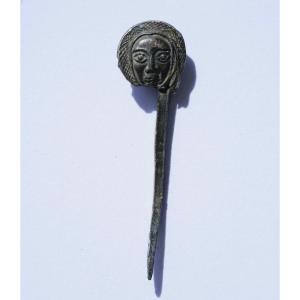


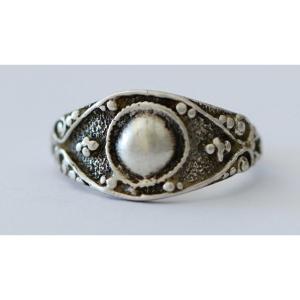









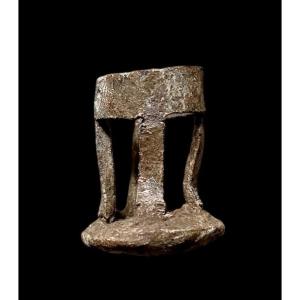

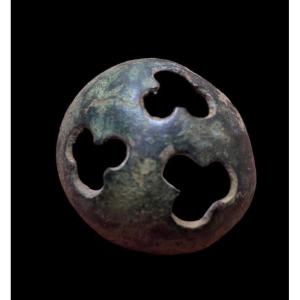
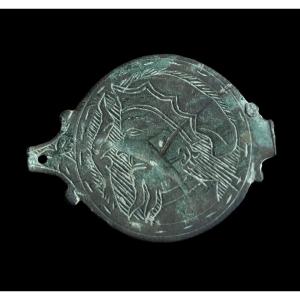



 Le Magazine de PROANTIC
Le Magazine de PROANTIC TRÉSORS Magazine
TRÉSORS Magazine Rivista Artiquariato
Rivista Artiquariato